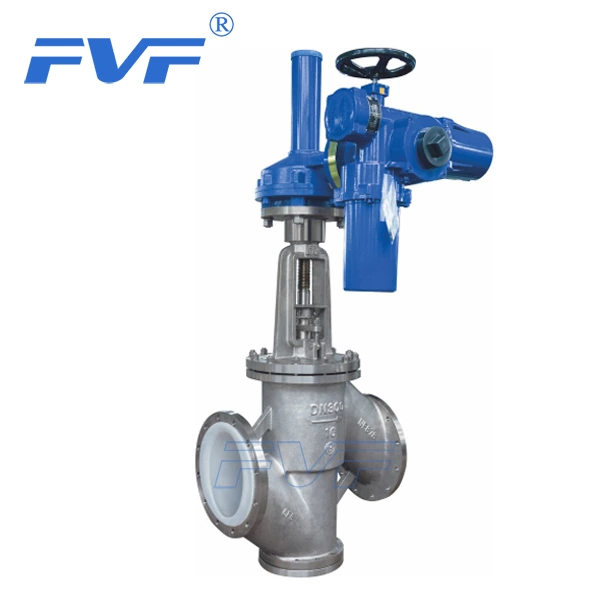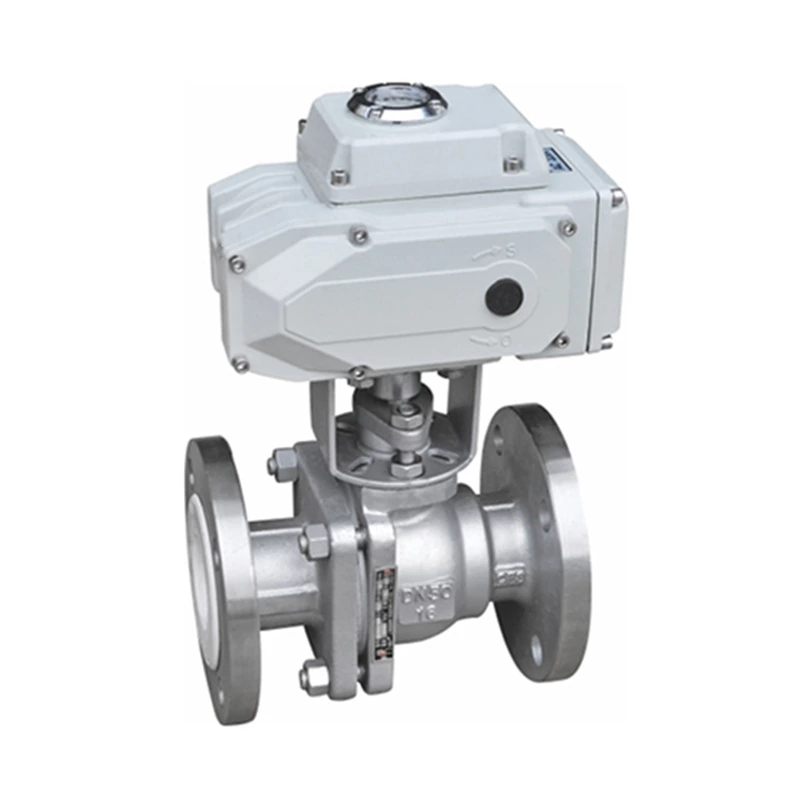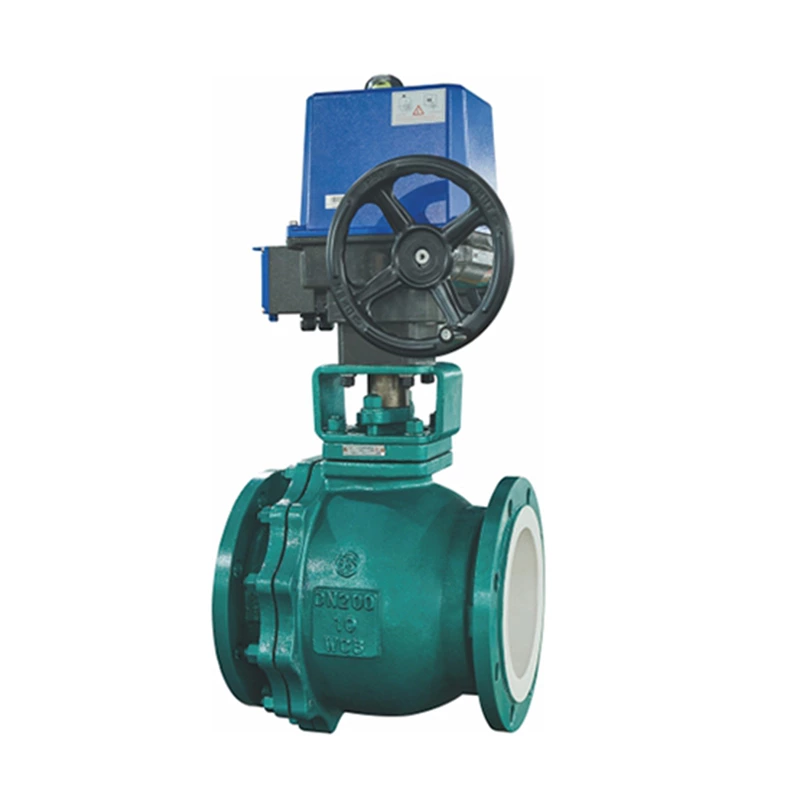A Detailed Explanation Of How The Fluorine-lined Globe Valve Achieves These Functions
Lined Globe Valve can achieve precise adjustment and cutoff of the medium by combining electric or pneumatic actuators, thereby meeting the needs of automatic control, remote control or flow control. The following is a detailed explanation of how the fluorine-lined stop valve achieves these functions:
1. Automatic control and remote control implementation methods
Electric actuator:
The electric fluorine-lined stop valve drives the valve stem through an electric actuator (such as a motor, a reducer, etc.), thereby driving the valve disc to open and close in the valve body.
The electric actuator can receive signals from the automatic control system (such as current and voltage signals), control the valve opening according to the size and direction of the signal, and achieve precise adjustment of the flow.
Through remote control equipment (such as PLC, DCS, etc.), the electric fluorine-lined stop valve can be remotely controlled and monitored to meet remote control needs.
Pneumatic actuator:
The pneumatic fluorine-lined stop valve uses a pneumatic actuator (such as a cylinder, a pneumatic motor, etc.) to drive the valve stem and valve disc.
Pneumatic actuators can also receive signals from the automatic control system and adjust the valve opening by controlling the size and direction of the air pressure.
Pneumatic actuators are usually used in conjunction with accessories such as positioners and solenoid valves to achieve more precise control and remote control functions.
2. Flow control principle
Adjust the valve flap opening:
By changing the opening of the valve flap in the valve body, the flow area of the medium can be changed, thereby achieving precise control of the flow.
The valve flap of the fluorine-lined stop valve usually adopts a plug-shaped structure, the sealing surface is flat or conical, and the valve flap moves linearly along the center line of the fluid. By adjusting the stroke of the valve flap, the size of the valve opening can be controlled.
Relationship between medium pressure and flow:
When adjusting the flow, the fluorine-lined stop valve also needs to consider the effect of medium pressure on flow. Generally, the greater the medium pressure, the greater the flow. However, it should be noted that excessive pressure may damage the valve or affect the adjustment accuracy.
Therefore, when designing and using fluorine-lined stop valves, it is necessary to fully consider the pressure range of the medium and the pressure bearing capacity of the valve to ensure the normal operation and adjustment accuracy of the valve.
3. Application scenarios and advantages
Application scenarios:
Fluorine-lined stop valves have been widely used in chemical, petroleum, pharmaceutical and other industries due to their corrosion resistance, high temperature resistance and wear resistance. Especially when dealing with corrosive media, fluorine-lined stop valves have significant advantages.
In these industries, fluorine-lined stop valves are often used to control key process links such as oil and gas separation and mixing processes, flow and pressure of liquid medicines.
Advantages and characteristics:
Strong corrosion resistance: Fluorine-lined materials can effectively resist the erosion of various corrosive media and extend the service life of valves.
High adjustment accuracy: Through the precise control of electric or pneumatic actuators, accurate flow adjustment can be achieved.
High reliability: Fluorine-lined stop valves have simple structure, easy manufacturing, convenient maintenance, and high reliability.
Wide range of applications: Suitable for a variety of media and working conditions, such as high temperature, high pressure, low temperature, low pressure, etc.
In summary, fluorine-lined stop valves can achieve precise adjustment and cutoff of media by combining electric or pneumatic actuators to meet the needs of automatic control, remote control or flow control. It has broad application prospects and significant advantages in the chemical, petroleum, pharmaceutical and other industries.






